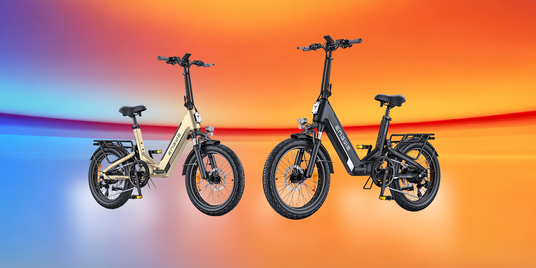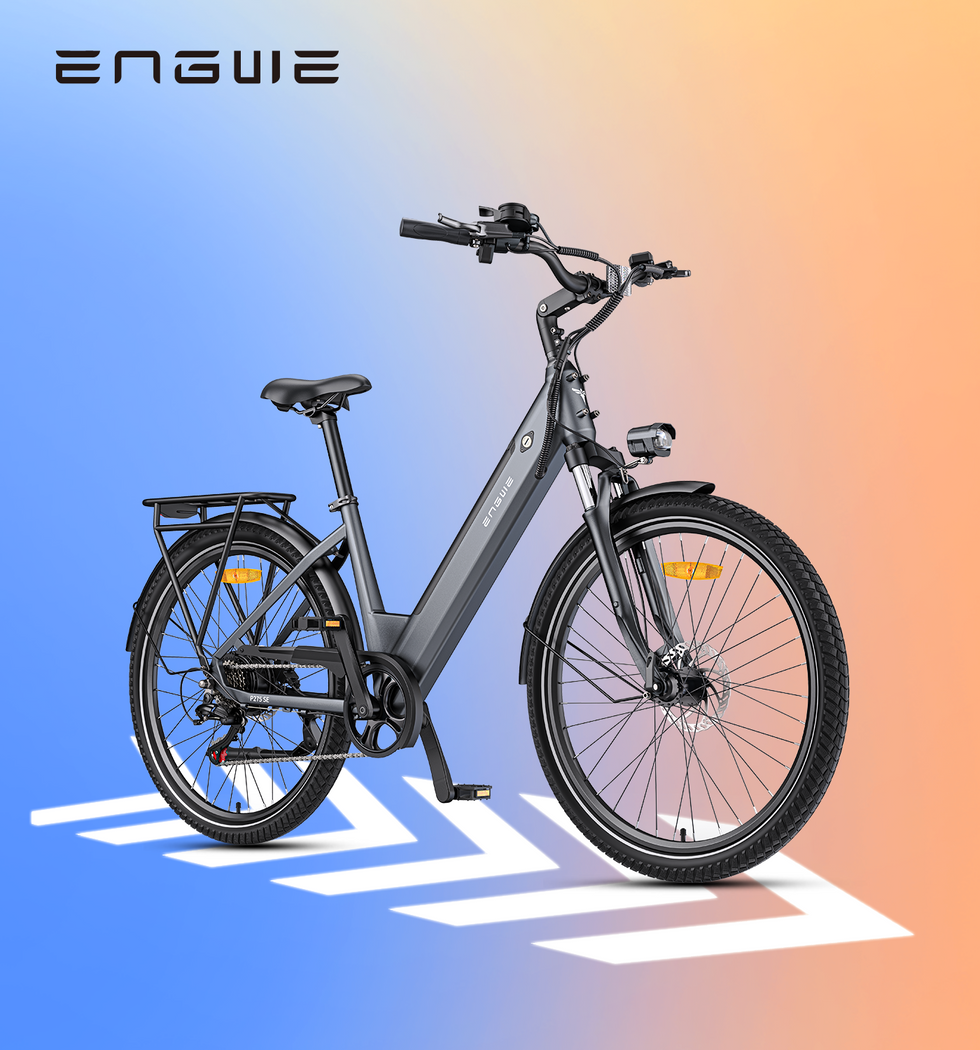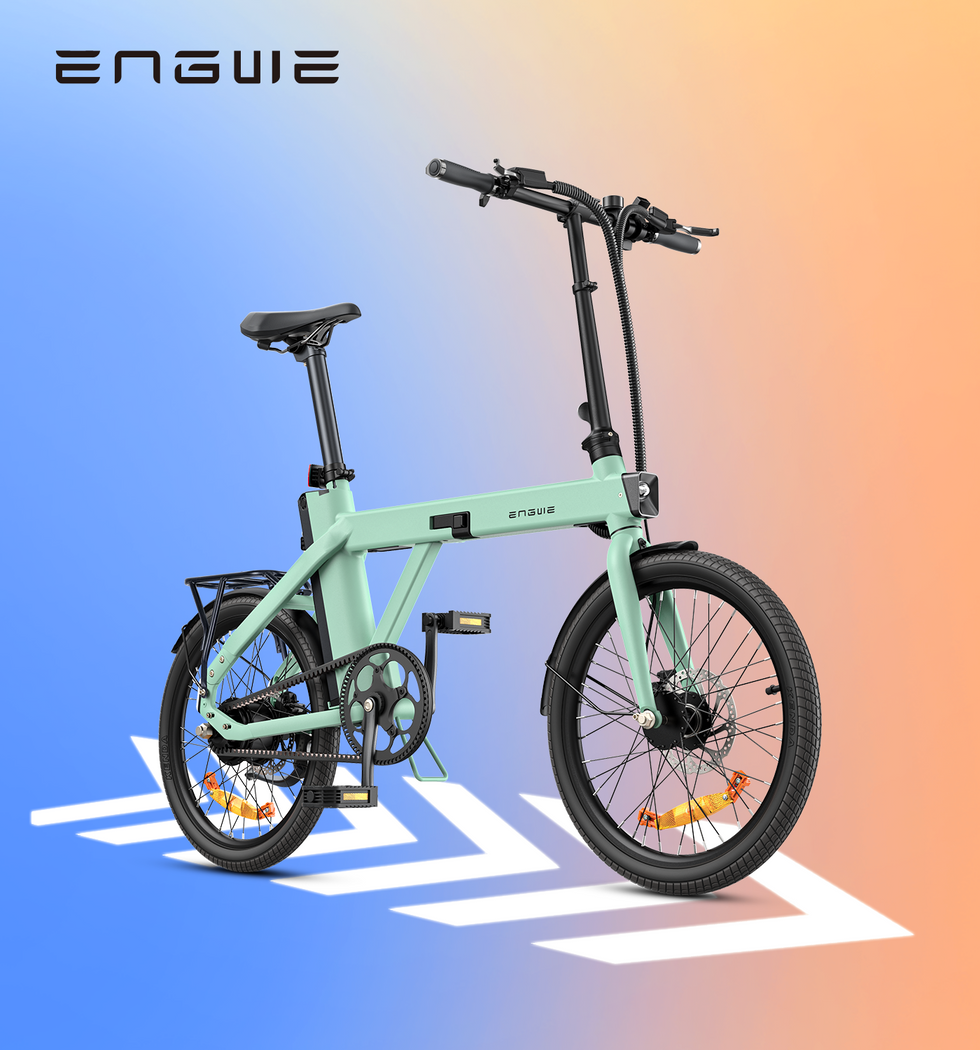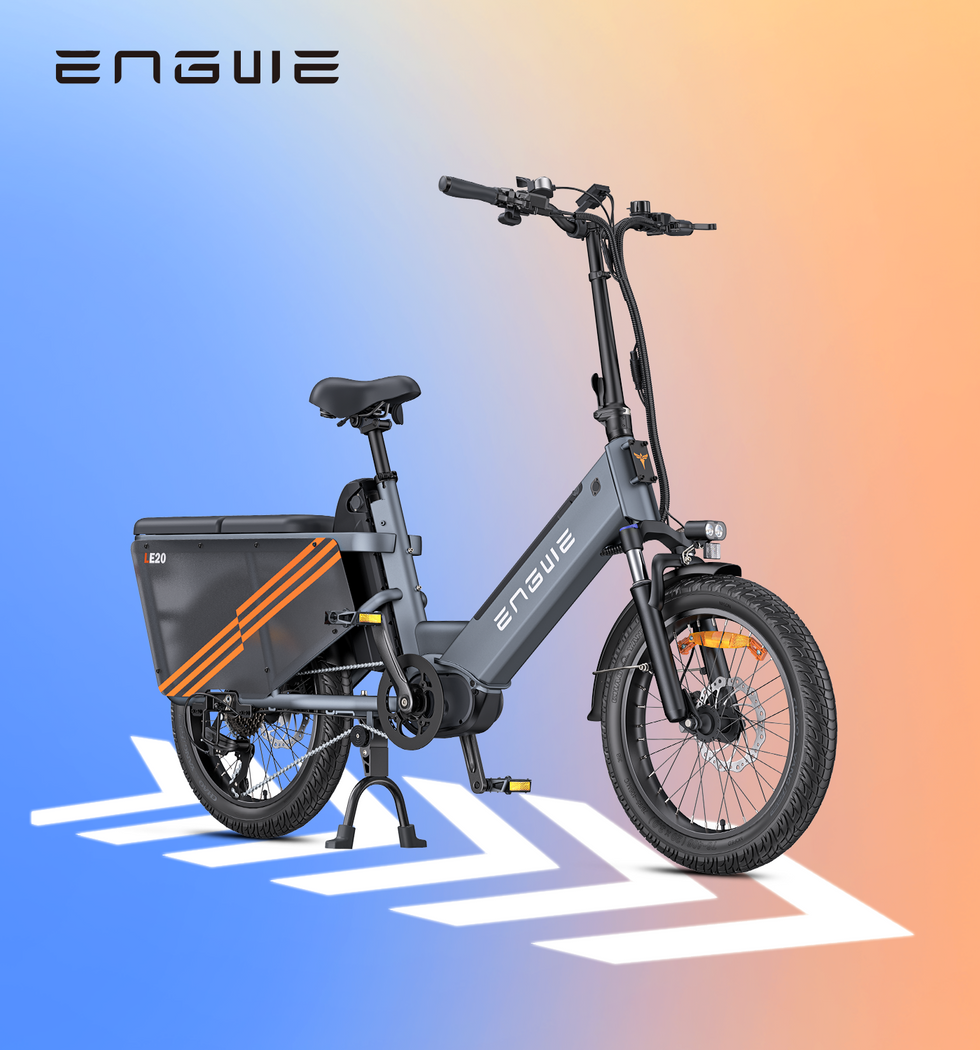When bicycle riders complain that they feel uncomfortable when riding on clean roads, handlebar dimensions are the usual suspect.
Although frame geometry and wheel specifications are the topics most riders think about, but honestly, the handlebar diameter is the most ignored but vital aspect of bicycle ergonomics.
Knowing the standard handlebar diameters can turn your level of pain into joy during your riding. We will explore common handlebar diameters. We want better grip and riding comfort.
What are the Handlebar Diameter Basics?
The thickness of the handlebar tube into which it fits the stem is called the handlebar diameter. This parameter has a direct influence on the comfort of the grip, the accuracy of control, and the general safety of riding.
Diameters of handlebars are consistent and are not as different as other dimensions of bikes are, since the industry standards are products of decades of cycling innovation.
The correlation between the handlebar diameter and the comfort of the hand is physiological. Human hands are naturally curved around objects of a given size and when handlebars are not equivalent to the natural gripping sizes, one is prone to fatigue and pain. Too skinny, your fingers are straining to hold you on; too fat and your palms will not fit around the bar well.

The dimensions have been modified down to modern standards of handlebar engineering over the course of a great deal of biomechanical research. ENGWE electric bike manufacturers have come to learn the importance of grip diameter to nerve pressure, blood flow, and muscular tension during extended rides.
|
Location on Handlebar |
Common Diameters |
Notes |
|
Clamp Area (Stem Clamp) |
25.4 mm, 31.8 mm, 35 mm |
31.8 mm is the modern standard; 35 mm is for downhill/enduro bikes; 25.4 mm is older. |
|
Grip Area (Bar Ends) |
22.2 mm |
Universal for MTB, BMX, and most flat bars—fits standard grips, shifters, and brake levers. |
|
Drop Bar Ends (Road Bikes) |
23.8–24.0 mm |
Fits standard road brake levers and bar-end shifters. |
What Are The Three Standard Handlebar Diameters
Here are the 3 handlebar diameters that include classic, modern and oversized; let’s get into details:
1. 25.4mm (1 inch) - The Traditional Standard
The 25.4mm diameter is the old standard of the bicycle and is used on older bicycles and in entry-level bicycles. This size is Imperial in size (precisely 1 inch) and it was very dominant in the cycling industry decades ago.

Features of 25.4mm handlebars are that they are lighter because of narrower wall construction and can be used alongside vintage parts. But they have less rigidity than the present options, which may influence steering accuracy when riding hard.
This size will fit riders with small hands or those who like their bicycle to be close to their hearts. Frequent commuters and casual cyclists in the city will find 25.4mm handlebars to be perfectly satisfactory to them.
2. 31.8mm (1 1/4 inch) - The Modern Standard
The 31.8mm diameter proved to be the modern standard of the industry that provided the best balance between weight, comfort, and strength. This size offers much better stiffness than 25.4mm with acceptable weight properties.
Professional bikers and serious hobbyists prefer 31.8mm handlebars because they offer them better power transfer and control. The thicker wall construction made possible by the greater diameter but not penalised by excessive weight, creates handlebars that do not flex under hard-working conditions.
The 31.8mm handlebar size fits in most current stem designs, so this diameter is the most common and compatible to use. Regardless of whether it is an upgrade of an existing bike or a new bike, 31.8mm will have the most extensive choice of handlebar styles and materials.

3. 35mm - The Oversized Performance Standard
The 35mm diameter is the cutting edge of handlebar engineering, to create maximum stiffness and control. This giant-sized standard has found popularity in the field of mountain biking and aggressive road cycling where much is demanded in the way of accurate handling.
Such advantages as outstanding rigidity, which enhances steering response and diminished flex in high-torque conditions. Nevertheless, the larger diameter demands matching stems and might be uncomfortable for riders with smaller hands when used in the long term.
The advanced construction techniques and materials incorporated in 35mm handlebars tend to place them in the high-end product market. Amateur sports bicycle riders and riders geared towards performance, the trade-off between the ultimate stiffness and all-day comfort may be a worthy consideration.
How Bicycle Handlebar Diameter Affects Your Riding Experience
The correct diameter choice reduces these sources of pressure and enables a natural ability to position the hands.

Grip Comfort and Endurance
The best handlebar diameter is directly proportional to the size of the hand. Smaller-handed riders might experience premature fatigue using 31.8mm handlebars and larger-handed riders might struggle to ensure good grip on 25.4mm handlebars.
The circumference of the grip influences points of nerve compression in your palms. The wrong diameter may cause numbness and tingling or the development of pain that may manifest gradually during rides and can remain even after cycling.
Control and Steering Precision
Harder handlebar converts your hand forces more effectively to the front wheel. This enhanced rider bicycle communication is particularly significant on technical downhill descents, in narrow turning or high-speed instances where steering commands are of utmost value.
The flex of handlebars, though occasionally comfortable, can cause handling to become unpredictable in bikes. When you make a steering action, too much flex slows down the reaction and may cause a detached touch between what you want the bike to do and what it actually does.
Power Transfer and Efficiency
The handlebars are heavily loaded when out-of-the-saddle efforts occur or when there is a sprint on. Part of this energy is taken up by flexy handlebars and less power is passed on to the rear wheel. Harder, bigger-diameter handlebars hold on to more of your pushing power to drive ahead.
The efficiency gain is most evident in climbs or acceleration stages in which each watt counts. This feature is highly appreciated by competitive cyclists and sometimes is even admitted at the expense of a bit less comfort in casual riding.
Correlation of Riding Style and Handlebar Diameter
Broad diameters are stiffer and have better control during the aggressive ride whereas the narrow ones are comfortable and more flexible during an endurance ride or casual ride.

Road Cycling Applications
Balance of comfort and performance usually favours 31.8mm handlebars for road cyclists. This diameter is perhaps the favourite of long-distance riders as moderate in its degree of stiffness and therefore does not give the rider too much trouble over rough surfaces.
Road racers are progressively using 31.8mm or even 35mm handlebars because of their better power intake qualities in sprinting and climbing efforts. The decision made frequently relies on personal size of hands and what makes them comfortable.
Mountain Biking Considerations
The mountain bikers often adopt the 31.8mm and 35mm diameter options depending on the terrain requirements. Riders who ride cross-country may choose 31.8mm as its lighter weight and sufficient stiffness and downhill and enduro may choose the best possible control precision which is 35mm.
Handlebar stiffness is also a consideration, especially when the rider is cycling off the road when the forces are increased. Inflexibility in technical parts may also jeopardise safety and control in going over the obstacles or rough surfaces.
Urban and Commuter Cycling
Handlebars made in sizes of 25.4mm or 31.8mm are the ideal size that is used by city cyclers and commuters. The forces that apply when riding in the city are moderate which does not require optimum stiffness, and comfort can have a higher priority than the ultimate performance.
Most new electric bikes, such as those offered by ENGWE, such as the EP-2 Boost, have been designed with a well-chosen handlebar diameter to allow comfort as well as the added control needs of motor-assisted cycling.
The handlebar size of the EP-2 Boost takes into consideration the payload capacity of the 150kg bike and high stopping forces of its 180mm disc brakes.
Upgrade Considerations and Compatibility of Handlebar Diameters
Never interchange the size of the bar clamps with your stem and the check grip/brake lever when upgrading without matching them to the bar.
Stem Compatibility Requirements
Handlebar diameter alterations need matching stem replacements as the majority of stems just fit a single diameter dimension. This interdependence implies that diameter upgrades usually imply a series of component replacements and the costs related to them.
In the case of altering the diameter, include the cost of the stem and the possibility that new cables or housing will be required to support dissimilar routing needs. Professional installation can be required to ensure appropriate torque specification and safety.

Integration with Modern ENGWE Electric Bike Systems
Contemporary electric bicycles must take great care when choosing the handlebar diameter since it houses many parts, displays, controls and wiring.
Such high-quality e-bikes like the ENGWE P275 SE have ergonomically designed handlebars that satisfy the need for comfort and electronic system integration without compromise in structural integrity to support motor-assisted cycling.
The handlebar architecture of the ENGWE P275 SE shows the potential of modern diameter requirements to provide both conventional cycling comfort and the extra requirements of electric assistive apparatus, such as display mounting and control integration.
Conclusion
Considerations such as hand size, riding style, performance priorities and compatibility need to be weighed to make the best selection of a handlebar diameter. The compromise that most cyclists have struck between these factors is the use of 31.8mm, and hence its wide usage as the modern standard.
If you want a perfect bike that meets your comfort expectations without any handlebar issues, go for the ENGWE EP-2 Boost fat tire foldable electric bike. You can also get exclusive deals on the 11th anniversary of launch.
It is important to keep in mind that handlebar diameter is only one of the factors that affect the whole bicycle fit. Correct length of stem, width of handlebars and placement all interrelate to make your best riding posture and comfort zone.
FAQS
How big is the standard handlebar grip?
Standard handlebar grip area diameters. Only two standard sizes exist today: Flat bars are 22.2 mm (7/8'') in the diameter of the grip area.
How large are the handlebar stems?
The majority of the new bikes found in the market, whether road or MTB, have the dimensions of handlebars with a diameter of 31.8mm.
What is a comfortable grip diameter?
In precision grips, a diameter of 12mm (0.45 in) is preferred but 8-16mm (0.3 to 0.6 in) is acceptable.



